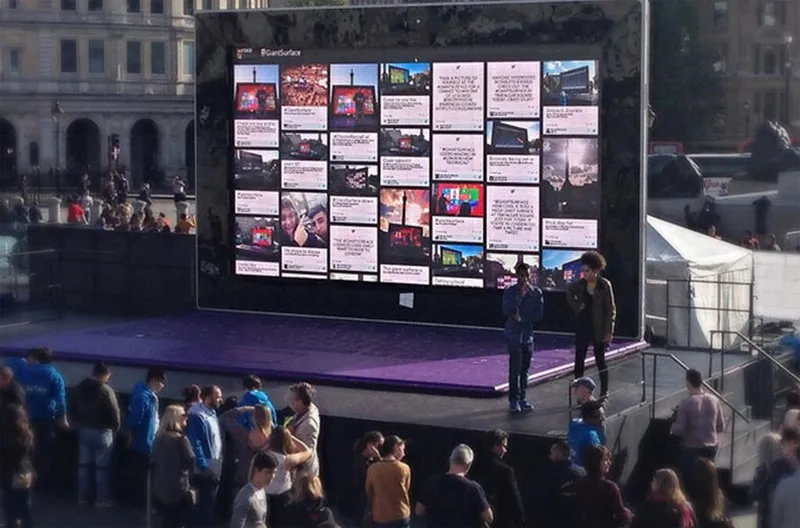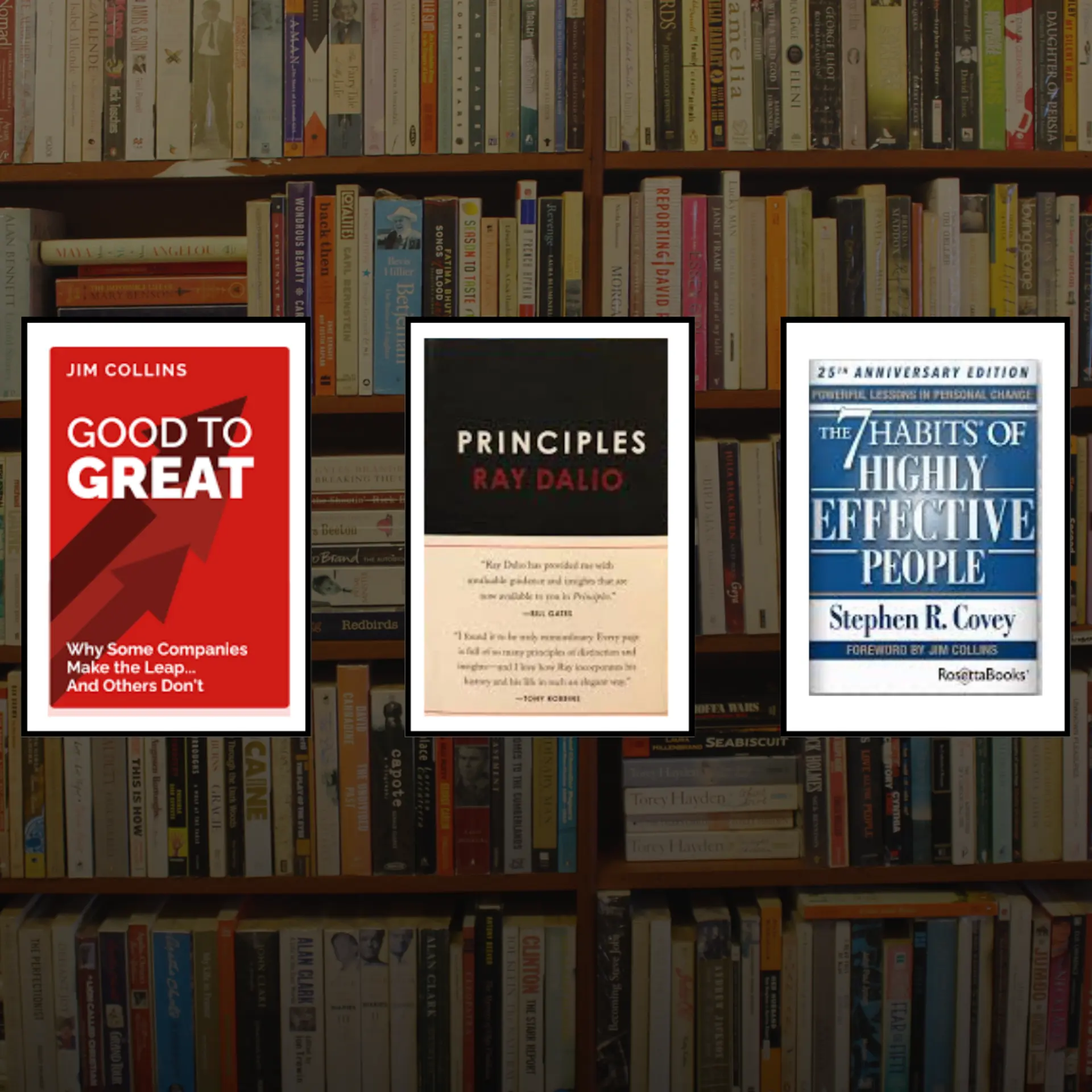Denied funding, how TINT survived on customer confidence and wallet to become profitable
TINT is a social media display tool that aggregates social media content from Twitter, Facebook, Instagram, and 10 other social networks. It helps brands display them on their websites, TV screens, billboards and jumbotrons.
It was founded by Nikhil Aitharaju when he moved to the United States in 2010 to pursue his Master’s in Computer Science at the University of Southern California. “While I expected to be challenged by the intellectual rigour of my courses, I was truly fascinated by how my fellow students took the skills they acquired in the classroom and turned them into entrepreneurial ventures,” says Nikhil.

Nikhil told us, in elaborate detail, the story of his struggles in the US.
“Let’s fast forward to my graduation - I was at a crossroads. I had a cushy tech job offer with a hefty pay package and an easy H1B status on hand-- by all means, a dream job offer for any immigrant. Or, I could follow my dream of building a company from the ground up. This choice was further complicated by the fact that I was not a US citizen. Becoming the founder of a company on an F1 visa is unheard of; it could even jeopardize my ability to stay in the US. I had about a year to get my company to a stage where it could support and fund my visa, or I could buy myself a one-way ticket back to India. Then I recalled my favorite quote; from the founder of Github:
‘When I’m old and dying, I plan to look back on my life and say "wow, that was an adventure", and not "wow, I surely felt safe".
This inspired me to take the risk and follow my dreams. I decided to start TINT. It was an opportunity and I grabbed it both hands. Everyone should be prepared to be opportunistic when a situation presents itself.”
Initial funding
After graduating from college, Nikhil raised $350k for his startup. He worked on a social bookmarking tool which was similar to Pinterest. One of the features of the product was to aggregate links from Twitter and Facebook. After working on the product for a few months he could not achieve the growth that he wanted to.
Nikhil says, “We only had a couple of thousand users. We were really disappointed and unsure of the road ahead. But fortunately, a celebrity agency liked our product and requested only for the aggregation feature of our product. We realized that there was a big opportunity in social media aggregation and pivoted our company to pursue that opportunity. There is a big lesson in this for all of us. One should be open to pivoting their company, if and when, such a situation arises. I know a lot of Founders are obsessed with their idea and are against pivoting their product; but building a product that you believe in is different from building a product that customers actually want.”
Product pivot
Nikhil shares his experience post-pivot, “Even after pivoting our company, it was not an easy road ahead. We were running out of funds and we didn’t have enough money to pay ourselves. We did buy some time by cutting down our salaries even further. On top of that, it was the time to renew our H1B visas. Since funds were tight I decided not to apply for my H1B visa. This was another big risk I was taking because you get only two chances to apply for a H1B visa while you are in the US. If you miss those windows to file your application you could technically become an illegal immigrant. Besides, during that time, there was no guarantee of getting a visa due to the high volume of H1B applications.”
Nikhil decided to fundraise his way out of trouble. But that did not work – none of the big wigs in the VC industry had the appetite to back TINT.
Survival
Now the final lap had arrived. They needed to save their company from closing down. However, this time around, instead of wasting time convincing the investors, they made the smart move of turning to their customers. Luckily, they had a few customers who were willing to pay for the product. They started charging their customers; and they started charging them more.
Eventually they did hit profitability - $1million in revenue, in just a few months. Nikhil says, “Now, we had enough money to pay ourselves. This extended our run - way to infinity. We didn’t have the pressure of fundraising to save our company from closing down. Now we could focus on our product. There is again a lesson to be learnt from this.
The lesson I learnt from this experience is to always charge your customers. Don’t buy the VC mantra to spend faster and scale faster. It will not always work.”
Nikhil also shares the secret of TINT’s growth, “Most of our growth came from inbound marketing. We focused our efforts into creating high quality blog content and landing pages. Instead of relying on the press to get us users, we relied on our blog to do the talking. It worked - most of our growth till date is inbound and word of mouth.”
Uses of TINT
More than 40,000+ brands around the world today use TINT to aggregate, curate, and display any social media feeds anywhere. Whether you are a sports team, restaurant, hotel, or retail/e-commerce brand, Tint has features and integrations that will help drive deeper relationships with audiences through social media.
- Websites
It takes a lot of time and effort to update a website. When you are sharing new content on your social media channels, why not use the same content on your website? This way you can keep your website dynamic and engaging.
Here is an example: Sachin Tendulkar using TINT on a website for his retirement - http://thankyousachin.com/

- TV screens
A lot of the TV screens in restaurants or shopping malls display static content and ads which are dull and boring. You can make your screen more engaging and dynamic by displaying TINT on them.
Here’s an example: One of the biggest shopping malls in the US - Westfield - using TINT.

- Billboards and stadium displaysTINT can be used in stadiums to display social media content during sports games.
See how Nasdaq uses TINT on a Billboard: https://www.tintup.com/clients/nasdaq

- Concerts
Let your fans hype your events weeks before the gates open. Concerts and festivals can get fans sharing info on all social media platforms, both before and during the event, with a customized and moderated social hub. TINT lets you display these social posts anywhere - from websites to jumbotrons to fog projections. Get creative and watch the social wave roll in.

How TINT works
You can connect any page, handle, hash tag, playlist, and tagged location from any social network and personalize it with their elegant and responsive templates. You can also moderate the posts you want to display to curate the best content. Finally, you can display it on any of your websites, mobile apps, retail TV displays, event walls or jumbotrons.
The technology
TINT is a web based technology. All a user needs is a TV that supports a web browser or a HDMI port. A user can then connect Chromecast to their TV display through the HDMI port.
Requirements
- TV display with an HDMI input
- A fully configured Chromecast connected to the same network that a laptop/phone is connected to
- A paid or upgraded plan on TINT
- Google Chrome and the Chromecast extension on Google Chrome (if on a laptop/desktop)
The TINT team
TINT is a twenty-five member team spread across US, Europe, and Dubai. They are still self funded and profitable.

Nikhil explains, “Once we started growing and making more money, we decided to focus on hiring good talent. At that juncture we had a big decision to make on what type of company we want to create - a hierarchical one or a flat structure with more autonomy. We decide to go with the latter because we believe people are the most valuable asset any company can have. We have also managed to create and foster a transparent culture.”
All their salaries, equity information, and bank account details are open to their employees. They calculate salaries and equity based on a formula, to make it fair. They do lose out on some employees because of this process, but overall, the retention rate is very high. This open culture has virtually eliminated politics from their company, and helps them focus on their product. Recently their employees even rewrote their company culture. Read more about it here.
Nikhil’s advice to fellow entrepreneurs
- Be opportunistic - Always keep looking for opportunities. When I was in my college, every project I worked on was a business opportunity for me. I kept working on various ideas in my college and that lead to the inception of TINT.
- Don’t stress over your grades - Grades do not reflect your success. Getting good grades can help you become a good employee but entrepreneurship is a different ball game altogether. In order to succeed in entrepreneurship, you need to dream big and have the courage to execute those dreams.
- Be patient - Overnight success is unheard of. You need to have the patience to face your failures. Patience is not the ability to wait, but the ability to keep a good attitude while waiting.
You can ask Nikhil anything here.







